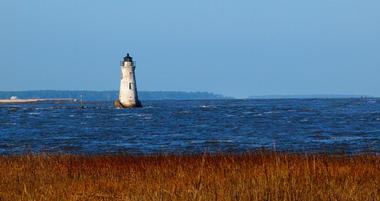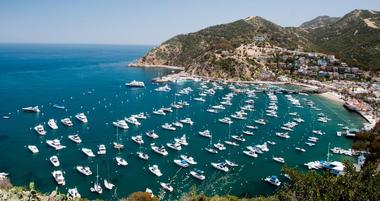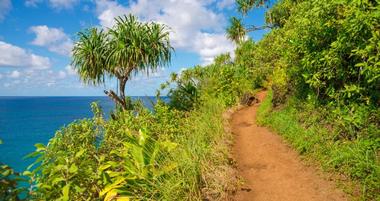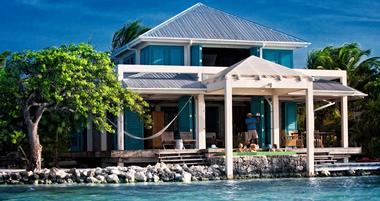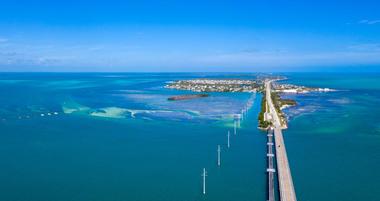Islands
What makes a Costa Rica honeymoon truly unique to me is the variety: relaxing on pristine beaches, exploring lush rainforests, chasing waterfalls, or soaking in natural hot springs. Every experience feels magical and full of connection.
Read MoreGeorgia Islands
Georgia’s islands are some of the most unique coastal destinations in the South, and honestly, I think they’re some of the best places to escape for a mix of relaxation, beauty, and history.
Read MoreCaribbean Honeymoon Vacations
I think that Caribbean honeymoons are the best kind of escape: unique destinations, favorite memories, and underrated gems that make every trip unforgettable.
Read MoreIslands in Maryland
What makes Maryland’s islands so unique to me is how they blend Chesapeake Bay culture with coastal adventures. You can kayak through marshes, bike along quiet roads, or simply enjoy fresh seafood with the best waterfront view.
Read MoreU.S. Islands to Visit for Relaxation & Adventure
The U.S. is home to some of the best islands for both relaxation and adventure, and they’ve become some of my favorite destinations for quick escapes that feel far from ordinary.
Read MoreThings to Do in Avalon, Santa Catalina Island
For me, Avalon is one of the best places in California to enjoy a unique island escape, where every activity feels like one of my favorite memories waiting to happen.
Read MoreAll-Inclusive Resorts in St. Lucia
For me, all-inclusive resorts in St. Lucia are some of the best in the Caribbean because they combine unique scenery, luxurious comfort, and unforgettable moments that make every trip feel magical.
Read MoreBest Places to Visit in Hawaii
I love how each island offers the best mix of breathtaking landscapes, vibrant culture, and underrated local gems. From lush rainforests and volcanic craters to golden beaches and colorful towns, every corner of Hawaii has something unforgettable to offer.
Read MoreBest Tropical Island Vacations
The best tropical island vacations are some of the most unique and unforgettable escapes you can take. They’re some of my favorite kinds of trips because they combine relaxation, beauty, and adventure.
Read MoreWhere to Stay in Belize on Your Honeymoon
>I love how Belize offers the best mix of options, whether you’re drawn to beachfront resorts on the Caribbean, jungle lodges tucked deep in the rainforest, or charming inns in vibrant towns. Each stay feels like a different adventure, and that’s what makes Belize so special.
Read MoreRomantic Beach Getaways
With endless stretches of sand, breathtaking sunsets, and cozy seaside stays, beach escapes are some of the best romantic vacations you can take.
Read MoreLake Vacations in North America
Lake vacations are about the atmosphere, the slower pace, and the unique blend of scenery and community that makes every trip memorable. Each time I travel, I discover new hidden gems I want to return to.
Read More
